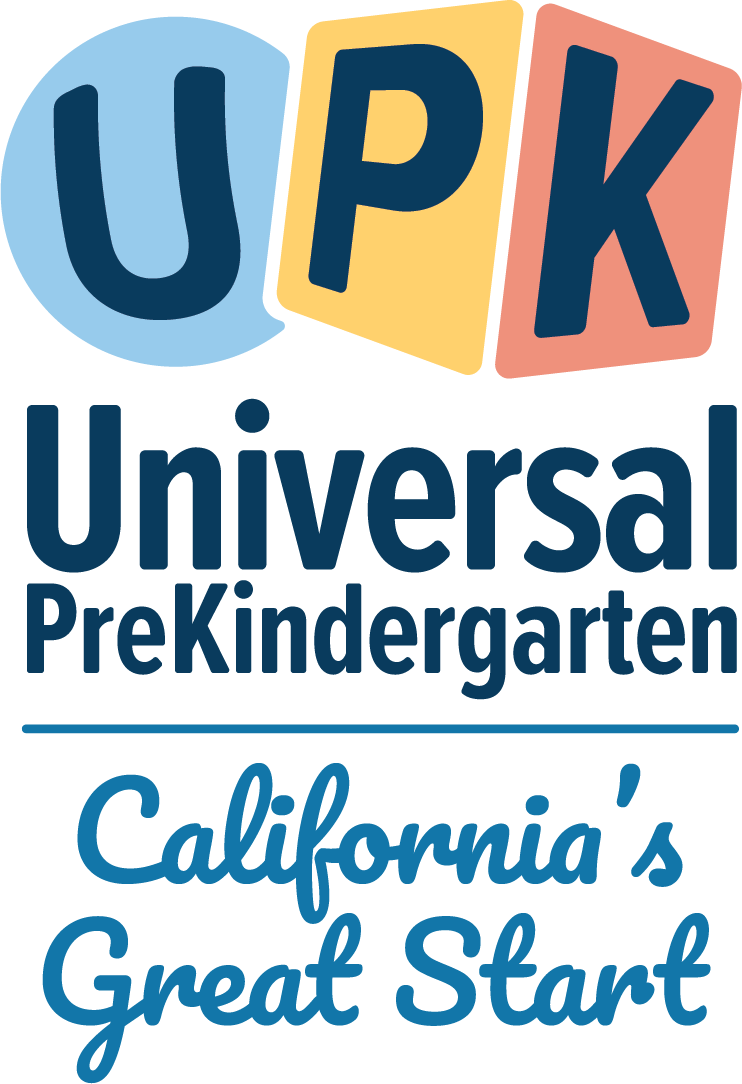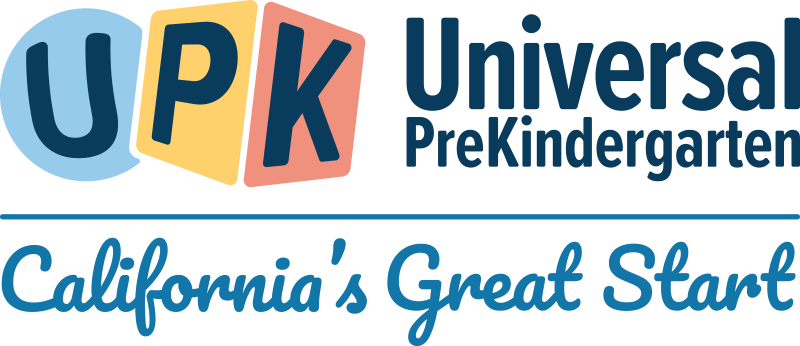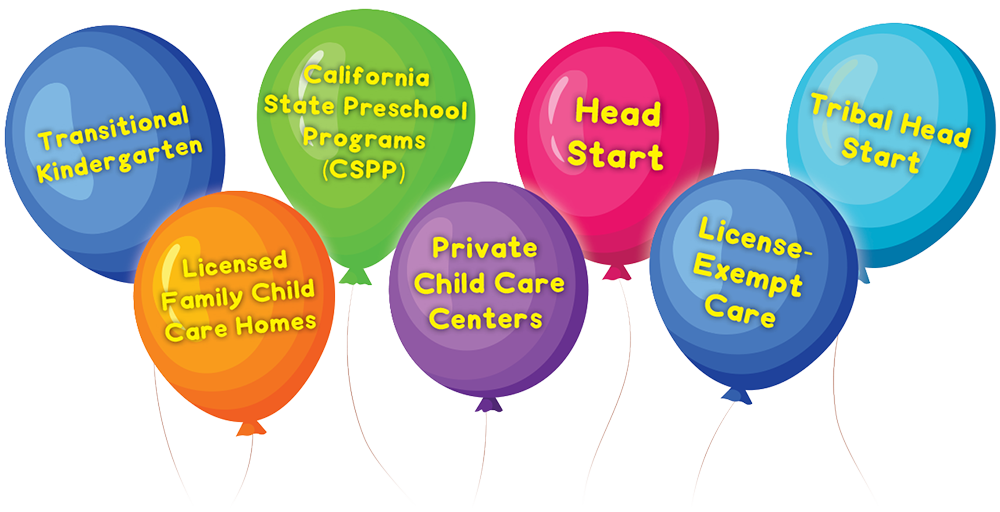There are many options for the care and education of 3 and 4 year olds in Humboldt County. All of these are choices and no child is required to attend. Families can decide which option or options best fit their needs. Some of these programs may have an associated cost and some may have eligibility requirements.
Transitional Kindergarten (TK):
- TK programs are free for all age-eligible students, regardless of income.
- Age range: Children who turn four years old before September 1.
- Transitional Kindergarten (TK) is a voluntary part of the public school system, and is a new grade level that uses a play-based curriculum that is age and developmentally appropriate.
- Some schools offer before and/or afterschool care to their Transitional Kindergarten students on site, check with your district of residence about hours and availability.
- Staffing: All TK classrooms are required to be staffed by at least one teacher with a multi-subject. teaching credential along with specialized TK teaching requirements.
California State Preschool Programs (CSPP):
- Cost is a sliding scale, many families will have no fee.
- Age range: 3- and 4-year-olds.
- Programs are typically provided in classroom settings.
- CSPP is a developmentally appropriate program designed to facilitate the transition to Kindergarten. These programs are designed to promote educational development, health, safety, nutrition and access to resources.
- Staffing: Staff are required to have Child Development permits; staff ratio of 1 adult to 8 children.
Head Start:
- Free for income eligible families
- Age Range: Three to Five (3-5)
- Typically provided in a classroom setting
- Head Start programs provide a learning environment that supports children’s growth in many areas such as language, literacy, and social and emotional development, and emphasizes the role of parents as their child’s first and most important teacher. These programs help build relationships with families that support family well-being, and many other important areas.
- Staffing : A teacher child ratio of 1 to 12, max class size of 20 and staff must meet educational requirements.
Tribal Head Start:
- Free for income eligible families, first priority goes to tribal members
- Age Range: Birth through Age Five (0-5)
- Typically provided in a classroom setting
- Tribal Head Start programs provide a learning environment that supports children’s growth in many areas such as language, literacy, and social and emotional development, and emphasizes the role of parents as their child’s first and most important teacher. These programs help build relationships with families that support family well-being and many other important areas. Some programs incorporate native languages.
- Staffing: A teacher child ratio of 1 to 8, max group size of 20 and staff must meet educational requirements.
Licensed Family Child Care Homes:
- Cost can vary depending on location, child’s age, and provider.
- Age Range: Birth to age 13, (0-13), and older children with exceptional needs.
- Care is in provider’s residence.
- Children tend to be cared for in a family-like setting with all the daily activities usually associated with home. The types of family child care sites vary widely.
- Staffing: Adult-child ratio 1-to-6; small home maximum 8 children; large home maximum 14 children (with 2 adults).
Private Child Care Center:
- Cost can vary depending on location, child’s age, and provider.
- Age Range: Typically birth to age 13 (0-13)
- Settings can range in size and can be operated by community-based organizations, school districts, religious institutions, and/or private businesses.
- Programs vary in their focus, many are play based and developmentally appropriate.
- Staffing: Staff must pass a background check and have a tuberculosis clearance. Teachers are required to take college courses in child development, and at least one staff member on site must have director qualifications. Additionally, at least one person on site must have 16 hours of Health & Safety training. Ratios vary depending on age.
License Exempt Care:
- Cost will depend on the arrangement made between provider and family needing care.
- Age Range: typically Birth to age 13 (0-13)
- Settings can include an onsite childcare, an afterschool program on a school site or family friend and neighbor care in a home setting.
- Some of these programs are subject to health and safety requirements.
- Staffing: These programs vary widely by the type of care and age of children.
Things to consider when choosing which program is best for your child:
- Does my child prefer a larger or smaller group size?
- Does my child nap?
- Does my child need specific accommodations?
- What length of day works well for my child?
- Is the program open the hours and days we need care?
- Is my child highly active?
- Does my child need assistance with toileting?
For Child Care Options contact Changing Tides Family Services to find out what programs are available in your area:
- Email : info@changingtidesfs.org
- Local: 707.444.8293
- Toll free: 800.795.3554
For Transitional Kindergarten information, contact your district of residence:
- District Locator by Address: https://hcoe.org/district-locator/
- District websites Access Hub: https://hcoe.org/schools/
- County Charter Schools: https://hcoe.org/charter-schools/



